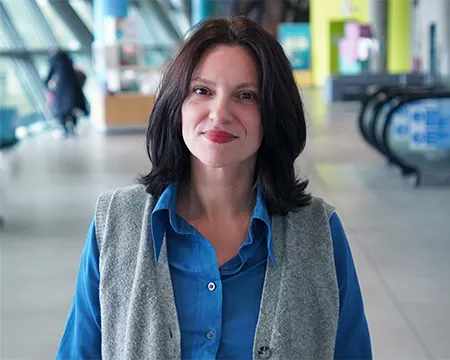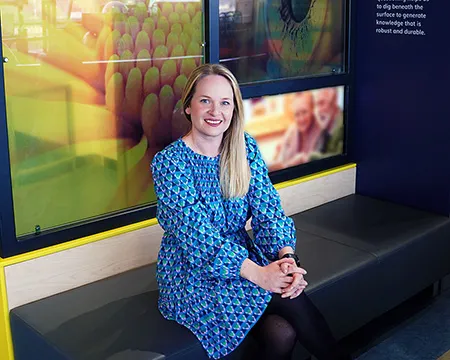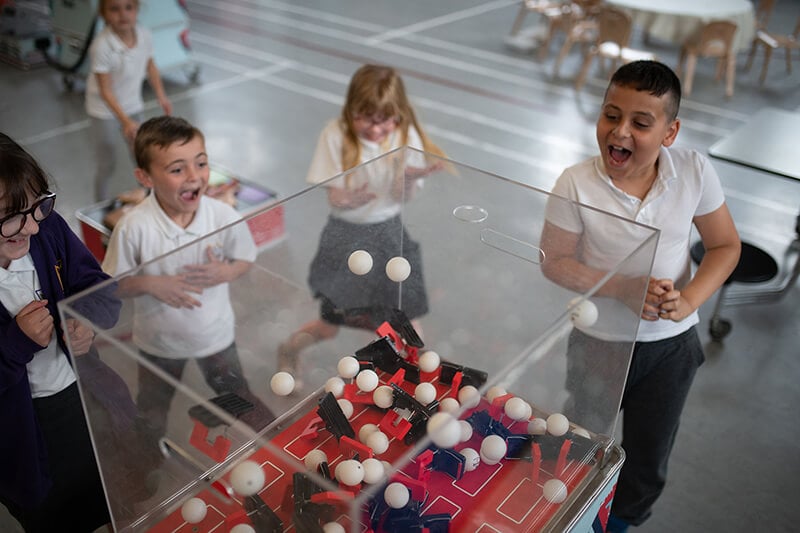The Apollo journey to the Moon

Human’s fascination with space, and the Moon, has been described by NASA as “universal and enduring”. As a species, humans are engineered and determined to test limits and push the boundaries of what we know and understand. It is this desire that began our journey into space. Glasgow Science Centre's, David Cain looks back on the Apollo programmes to reach the Moon.
Missions to the Moon
Human space exploration began in the late 1950’s during a time of political tension between the United States of America and Russia (formerly the Union of Soviet Socialist Republic or USSR), known as the Cold War. Both countries were competing to develop and launch rockets-this particular rivalry was referred to as “The Space Race”. Both USA and the USSR wanted to be the first to achieve milestones in space exploration.

At the early stages of The Space Race, the USSR were in the lead. Along with launching Sputnik- the first artificial satellite into orbit, they sent the first man and woman into space – Yuri Gagarin and Valentina Tereshkova, and the first man to spacewalk was Alexi Leonev. In response to the success of the Russian space activity, U.S. president John F. Kennedy made a speech that kicked off the mission for the first person on the Moon to be an American.
“... I believe that this nation should commit itself to achieving the goal, before this decade is out, of landing a man on the Moon and returning him safely to the Earth. ” - John F Kennedy, 1961.
This speech marked the beginning of NASA’s Apollo Mission programmes.
Hidden Figures
Many talented mathematicians had to calculate, with precision, the correct course for the Apollo spacecraft in order to safely go to the Moon and back. Much of this team was made up of female, African American scientists, who, despite not being treated entirely fairly within NASA at the time, completed some of the most important work needed during the time.

Margaret Hamilton is a computer programmer, who was the lead software engineer for Project Apollo. The books she’s standing next to are 5 feet of her handwritten code.
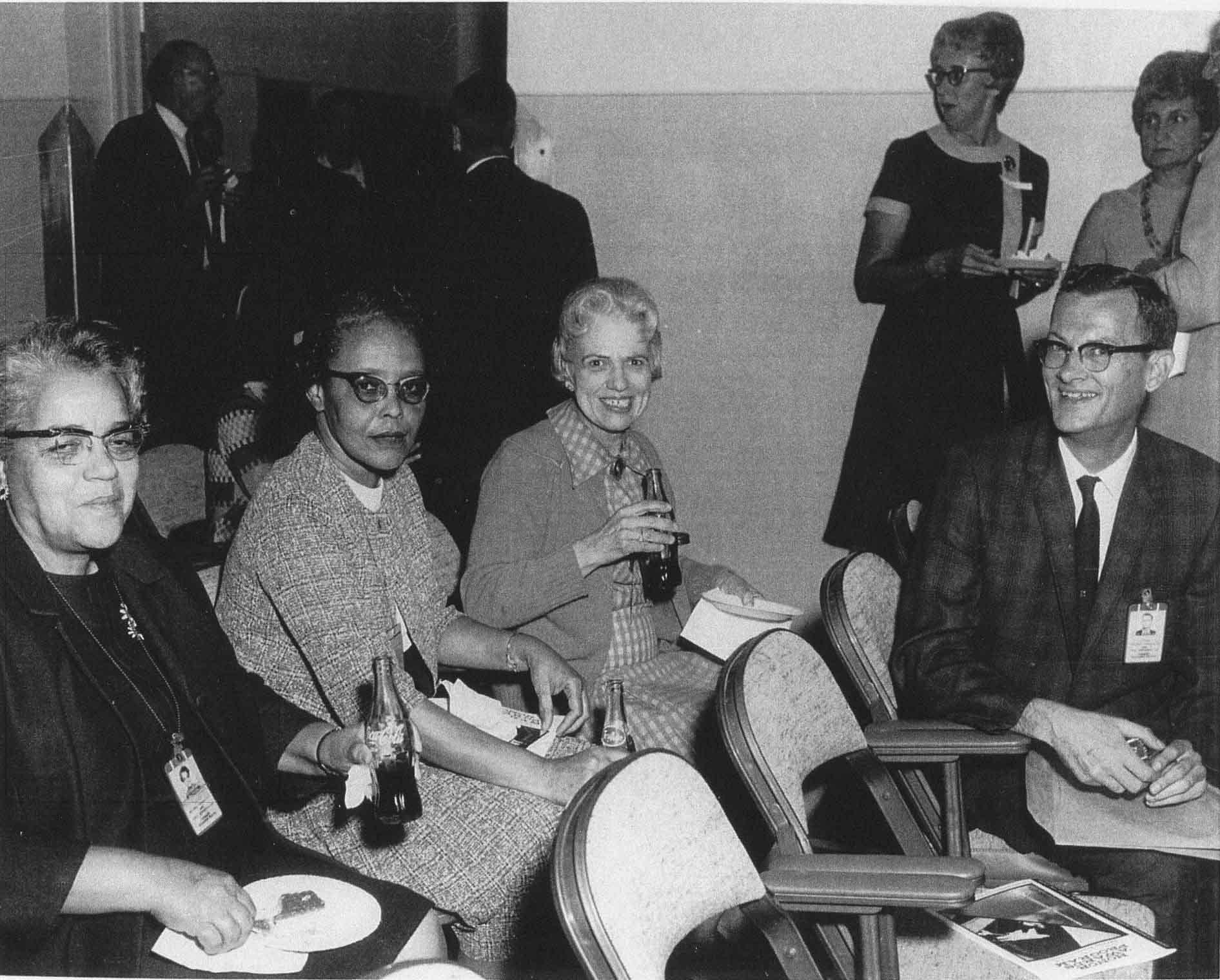


The others are Dorothy Vaughan, Katherine Johnson and Mary Jackson, the “Hidden Figures” who were very important mathematicians and engineers who helped to calculate how to safely get our astronauts to the Moon, get into the Moon’s orbit, land on the Moon and then get safely back to Earth.
The Apollo Missions

NASA named its programme to get to the Moon, “The Apollo Missions” and they ran from 1961 to 1972. There were 17 missions in total with the goal of establishing the technology needed to explore space, doing scientific experiments on the Moon and developing the capability of humans to work in space or on the Moon. Humans were able to land on the Moon during these missions thanks to the work of more than 400,000 people working at NASA.
Each aspect of a Moon mission was tested methodically by NASA during the Apollo programme, but even then, it wasn’t plain sailing. Space travel is a very risky venture, and unfortunately the three astronauts on board Apollo I - Gus Grissom, Ed White and Roger Chaffee – were killed an accident during a rehearsal launch. Lessons had to be learned from such an incident and changes were made to how gas was circulated with the Saturn modules plus space suits were made to be flame retardant (which they had not been previously).
It wasn’t until Apollo 7, before there was another crewed mission launched. Apollo 8 was then the first mission to orbit the Moon with humans onboard and was the first crewed launch of the Saturn V.

The picture under the mission patches represents gravitational assist, were the gravity of the Moon or Earth is used as a force to ‘assist’ in moving a spacecraft.
“One small step for man, one giant leap for mankind.”
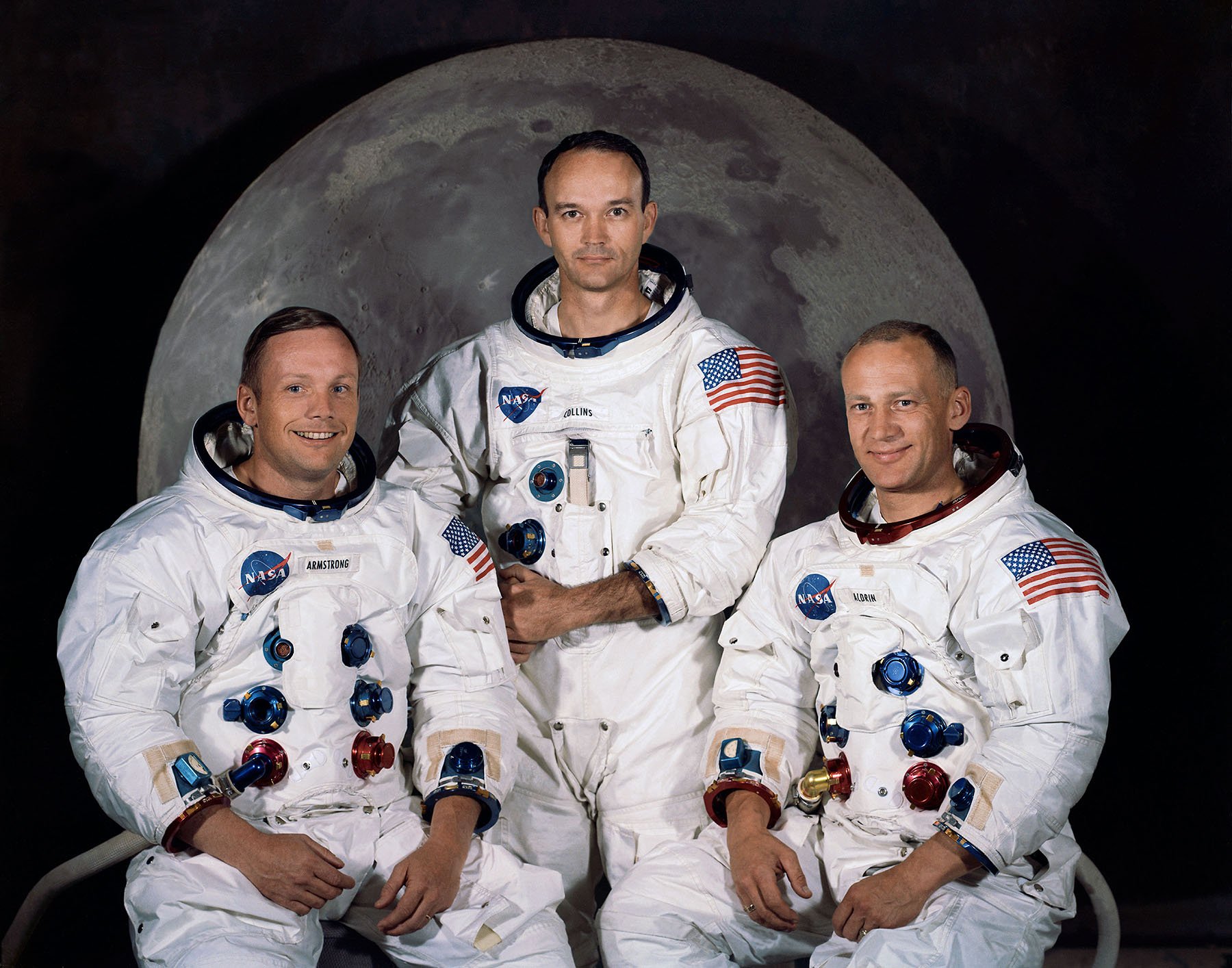
Of the 17 missions, the most famous is Apollo 11 - the mission that put the first humans on the surface of the Moon. The main goal of Apollo 11 was to perform a crewed lunar landing and safe return to Earth and it was successful. Neil Armstrong, commander of Apollo 11 was the first person to walk on the Moon’s surface, followed by Buzz Aldrin. The two carried out various experiments while on the Moon, took photos, sampled rocks and transmitted videos to Earth. They also left behind memorials to the astronauts and cosmonauts that lost their lives in previous missions. Michael Collins was the missions command module pilot and “getaway driver”. He remained in the command module of the Columbia spacecraft while Armstrong and Aldrin took the lunar module, known as the Eagle, to the Moon’s surface and ensure their safe return.

It’s been over 50 years since the last time humans set foot on the Moon, during the Apollo 17 mission. Scientists are still studying samples and data collected from those missions and discovering more about our Moon. Just because we haven’t walked on the Moon since 1972 – that does not mean we haven’t still been exploring it. Space agencies from around the world including China, Japan and India have sent spacecraft and satellites to orbit and take pictures of the Moon in amazing detail, or rovers to explore the lunar surface. With the launch of NASA’s Artemis programme, astronauts are set to return to the Moon before the end of the decade to explore further than ever before!
Who knows, maybe you could one day be on your way to the Moon?
Moon50
In 2019, we celebrated 50 years since humankind's first footsteps on the lunar surface. On our blog we posted, "Why every country around the world should celebrate Moon 50, not just America."



